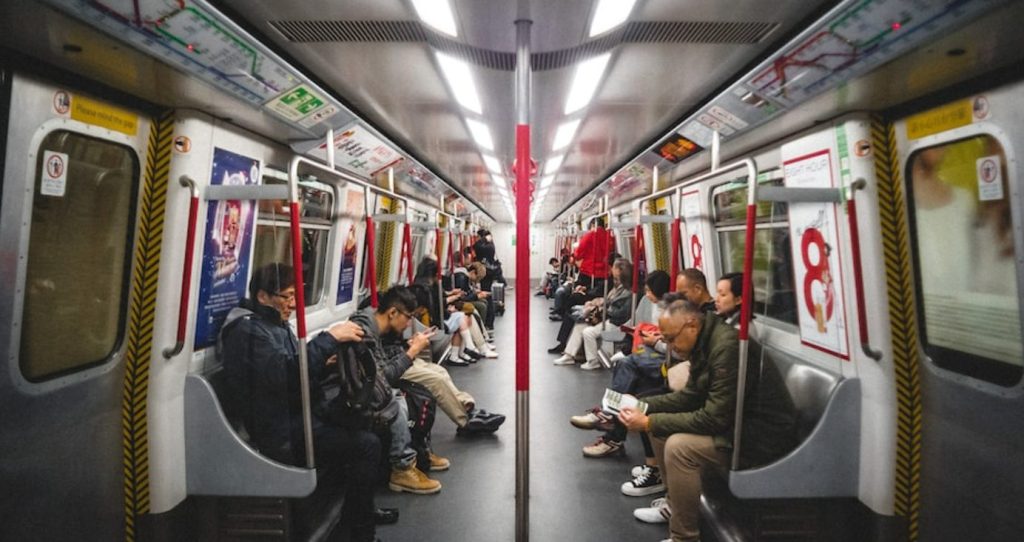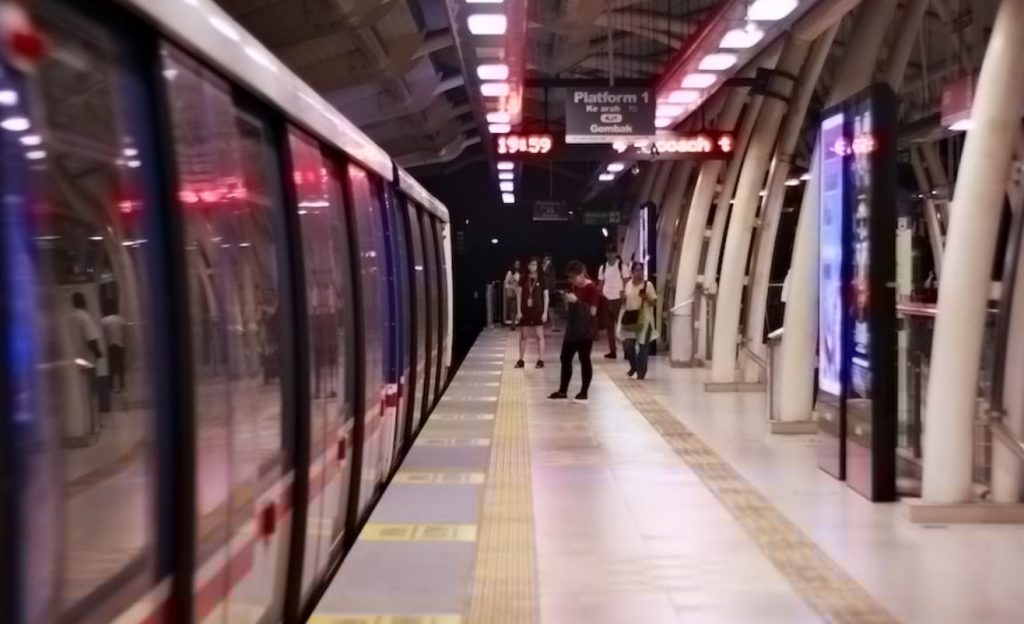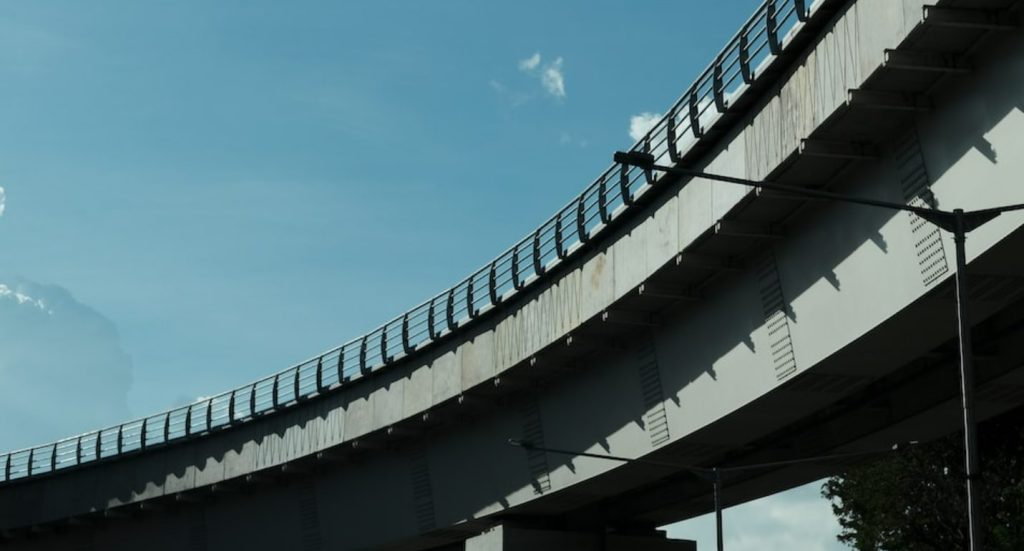BLOGS
LRT-2 West Extension Considering Public-Private Partnership
The Department of Transportation (DoTr) is considering constructing the Light Rail Transit Line 2 (LRT-2) West Extension project through a public-private partnership (PPP) arrangement, following the plan to link the train system with the Metro Rail Transit Line 3 (MRT-3).
What is LRT?
The Manila Light Rail Transit System (Filipino: Sistema ng Magaang Riles Panlulan ng Maynila), also referred to as the LRT, is a Philippine city’s primary rail transit system. Despite being classified as a light rail system because it first employed light rail vehicles, it now exhibits traits of a rapid transit system, including high passenger throughout, exclusive right-of-way, and later adoption of full metro rolling stock. The Light Rail Manila Corporation (LRMC) and the Light Rail Transit Authority (LRTA), a government corporation affiliated with the Department of Transportation (DOTr), jointly run the LRT. The system is a part of Metro Manila’s rail network, together with the Manila Metro Rail Transit System and the Metro Commuter Line of the Philippine National Railways.

The 37.24-kilometer (23.14-mile) route of the LRT is primarily elevated and has two lines and 33 stations. Line 1, commonly known as the Green Line (formerly the Yellow Line), began service in 1984 and follows a north-south path. The 2004 completion of Line 2, often known as the Blue Line (formerly the Purple Line), which travels east-west. The older Line 2 was created with more standards and criteria in mind, such as barrier-free access, while the original Line 1 was built as a no-frills mode of public transportation and lacks several conveniences and comforts. The system carried an average of 305,264 people per day in 2022. Security officers patrol each station and offer assistance.
The former token-based system was replaced in 2001 with a reusable plastic magnetic ticketing system, and the Flash Pass was introduced as a step toward a more integrated transit system. The Beep, a contactless smart card, was introduced in 2015 to provide a uniform ticketing system for three rail lines and certain bus routes, replacing the plastic magnetic tickets.
Mandate
Executive Order No. 603 on July 12, 1980, established the Light Rail Transit Authority, which is principally in charge of building, running, maintaining, and/or leasing LRT systems in the Philippines.
Quality Policy
We promise to continuously enhance our QMS and adhere to all necessary legal criteria in order to meet the growing demand for LRT systems and related services.
Is LRT 2 Privately owned?
The Light Rail Transit Authority is acknowledged as the top rail transit in the nation, offering all Metro Manila citizens dependable, efficient, dependable, and environmentally friendly mass rail services. Executive Order (EO) No. 603, and revised by Executive Order (EO) No. 830 of September 1982 and Executive Order (EO) No. 210 of July 7, 1987, established LRTA as a fully owned government corporation on July 12, 1980. In the Philippines, the LRTA is largely in charge of building, running, maintaining, and/or leasing light rail transportation networks.

Since its inception in 1984, LRTA has been a leader in the sector, serving the needs of millions of Filipinos by looking into ways that the LRT system could continue to offer effective transportation services while fostering economy and operational efficiency.
Of the three Metro Manila lines, only LRT-2 has not yet undergone privatization. However, KMU Secretary-General Jerome Adonis asserted that privatizing the rail line would not end the city’s transportation woes.
LRT-1 is owned by Ayala Corporation and Metro Pacific Investments Corporation, and Light Rail Manila Corp. is in charge of running and maintaining it.
MRT-3, which is run by the Department of Transportation, was built by the owner-builder Metro Rail Transit Corporation. After the build-lease-transfer agreement expires, the asset will be given to the government. And the MRT experience dispels the fallacy that privatization results in superior infrastructure and services.
The country’s most cheap and secure form of public transit should continue to be railroads. And the government should assume total authority over our trains and implement a comprehensive plan for effective mass transit that is accessible to and inexpensive for our commuters, particularly workers and students.
DOTR eyes PPP scheme for LRT-2 West Extension Project
During a recent briefing, Transportation Undersecretary for Railways Cesar Chavez told reporters they were still researching this action, which was thought to free up some government funds. A budget of about P10.12 billion was allocated for the project.
Due to the pandemic’s effects on the economy and the government’s limited fiscal capacity, PPPs have been chosen by the administration. To assist it in locating private sector partners for a number of significant infrastructure projects, the DOTR and the Asian Development Bank recently signed transaction advisory service agreements.
The PPP proposal was in line with Chavez’s recent declaration, who had earlier stated that they were looking into privatizing the LRT-2’s operations and maintenance (O&M) and bundling it with the Metro Rail Transit Line 3 (MRT-3), whose private concession is set to expire in 2025.
Administrator at the Light Rail Transit Authority (LRTA), Hernando Cabrera, stated that they were hoping to receive the multiyear finance commitment from the government for the west extension project the “soonest.” He added that this was required so they could move forward with the project bidding.

Three additional LRT-2 stations from Recto will be added as part of the West extension project: Tutuban, Divisoria, and Pier 4.
Before the year is up, the Light Rail Transit Authority wants to award a design-build contract for the extension. Five brand-new four-car trains will also be purchased as part of the project.
Traffic is anticipated to grow by up to 300,000 passengers per day as a result of the west extension of LRT-2. When it was extended eastward to Marikina and Antipolo, the route saw a daily peak ridership of 239,000 people. And according to predictions, once the west expansion is finished, daily LRT-2 ridership could reach 300,000.
After the government instructed all schools to resume five days of weekly in-person instruction by November 2, it is predicted that LRT-2 ridership will nearly triple from 11.8 million in 2021 to 34.2 million this year.
The nation’s public transportation infrastructure needs to be improved not only for those who entirely rely on it, but also to support greener, more sustainable communities.
What is PPP?
A public-private partnership (PPP) is an agreement between the government and a private company with the goal of financing, planning, executing, and operating infrastructure facilities and services that were previously offered by the public sector. It embodies the best possible distribution of risk among the participants, reducing costs while achieving project development goals. In order to ensure that the private sector sees a reasonable rate of return on its investment, the project must be organized accordingly.
PPP benefits the public sector financially and otherwise. It overcomes the constrained funding sources for public sector local infrastructure or development projects, allowing public monies to be allocated for other local priorities. It is a system for dividing project risks between the public and private sectors. PPP is designed to benefit both sectors by enhancing project implementation procedures and service delivery processes. Value for Money (VfM), which focuses on lower costs, better risk distribution, quicker implementation, improved services, and potential revenue generation, is what PPP emphasizes most.
Suggested Read: Top Furniture Shops For Your Instagrammable Luxury Home
Suggested Read: Transportation Schedules For All Saint’s Day
Suggested Read: Priority Projects Under PPP Confirmed
Suggested Read: Railway System In The Philippines
Suggested Read: Top Michelin Star-Graded Dishes















